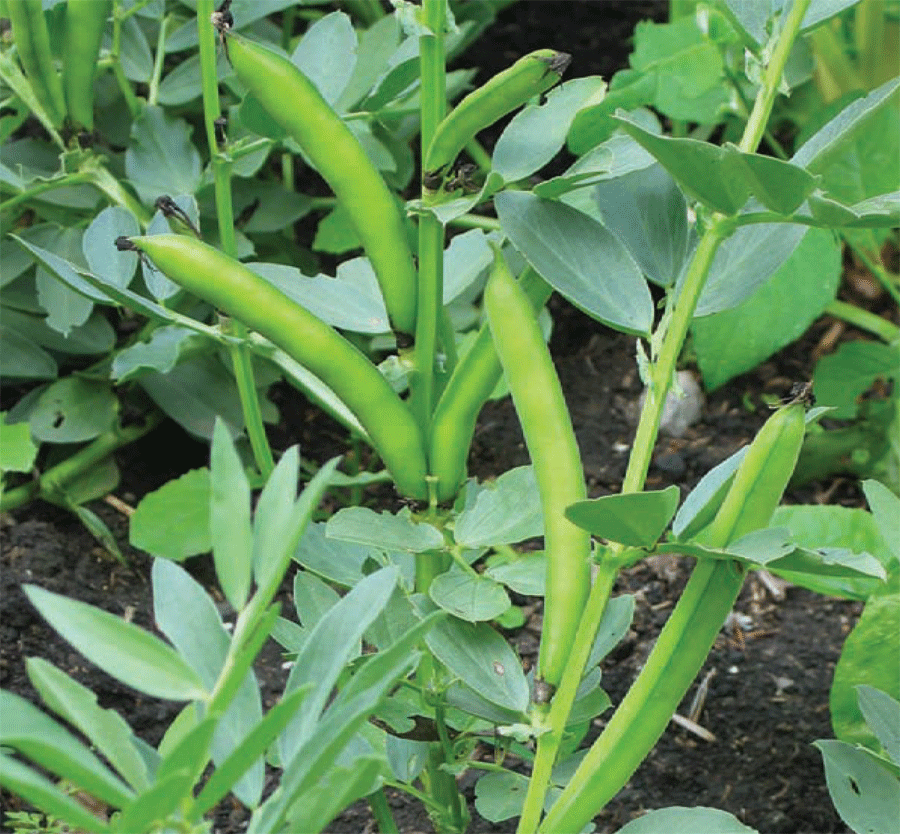Home-grown broad beans cooked and eaten soon after being picked are delicious, melting in your mouth – so unlike the tough ones found in some shops. One of the first vegetables to plant in the spring, they are easy to grow and prolific croppers.
Plant or seed?
Although broad beans are certainly cheaper to grow from seed, if you only need a few, buy some plants in April. Try ‘The Sutton’ if growing in a small space or ‘Hylon’ if you have more room.
Sowing seeds
When and where: If you are starting them off indoors, sow in January/February. Sow outdoors in early spring – March and April– ideally in a sunny spot.
How: Indoors, 1 seed to a small pot filled with peat-free compost; water lightly and label them. Outdoors, about 4 cm deep and 20 cm apart, either in rows about 60 cm apart or in groups, depending on the space available.
Planting plants
When and where: Plant your plants out in a sunny spot during April.
How: Make a hole large enough to accommodate the roots and put the plants in slightly deeper than they were before. Firm down well.
How do broad beans grow?
The bean plants grow with a single main stem with leaves, and flowers then appear that turn into the beans. The bean pods stick out from the main stem and are very visible. If growing dwarf plants, such as ‘The Sutton’, they will grow to a height of about 70 cm. The larger varieties such as ‘Hylon’ will grow to a height of 1.5 m.
Looking after your broad beans
Water: Garden-grown beans will only need watering in dry weather – give them a good soaking. Container-grown beans need daily watering once established.
Weed: Bean plants need most weeding when small. Once growing well they will tend to smother weeds.
Pinch out: The growing tips need pinching out once the plants reach their maximum height. You can eat these tips if you boil them briefly – they are delicious.
Support: Larger bean plants need supporting – push in stakes at either end of the row or at regular intervals around the plants, and surround the plants with string tied to the stakes.
Look out for: The tips of the growing bean plants attract blackfly. Pinching the tips out helps prevent this infestation, although dwarf varieties generally escape the pest.
Harvesting
When: The beans will be ready in 3-4 months and can be harvested at various stages of their growth. Pick them when the pods are 5-7 cm long, boil and eat whole, or wait until the pods are plump and full of beans then split them open to get the beans. Don’t wait too long or the beans will become tough and leathery.
How: Grasp the main stem of the bean plant with one hand and pull the bean pod downwards to break it free with your other hand.
Now what?
Once you have harvested all the beans, pull up the plants and put on the compost heap or cut off the stems and leave the roots in the ground (bean roots contain nutrients that feed the soil).


